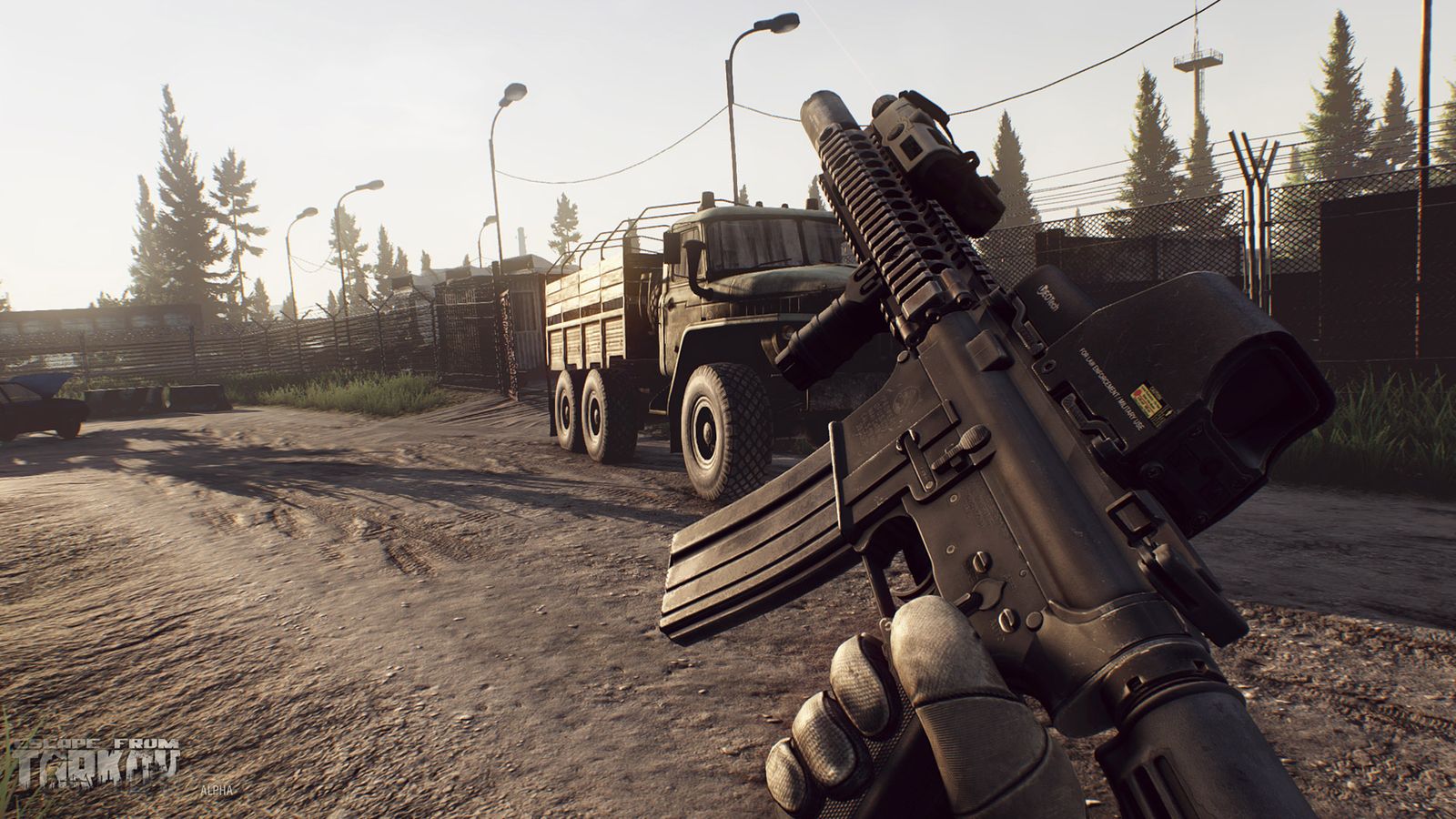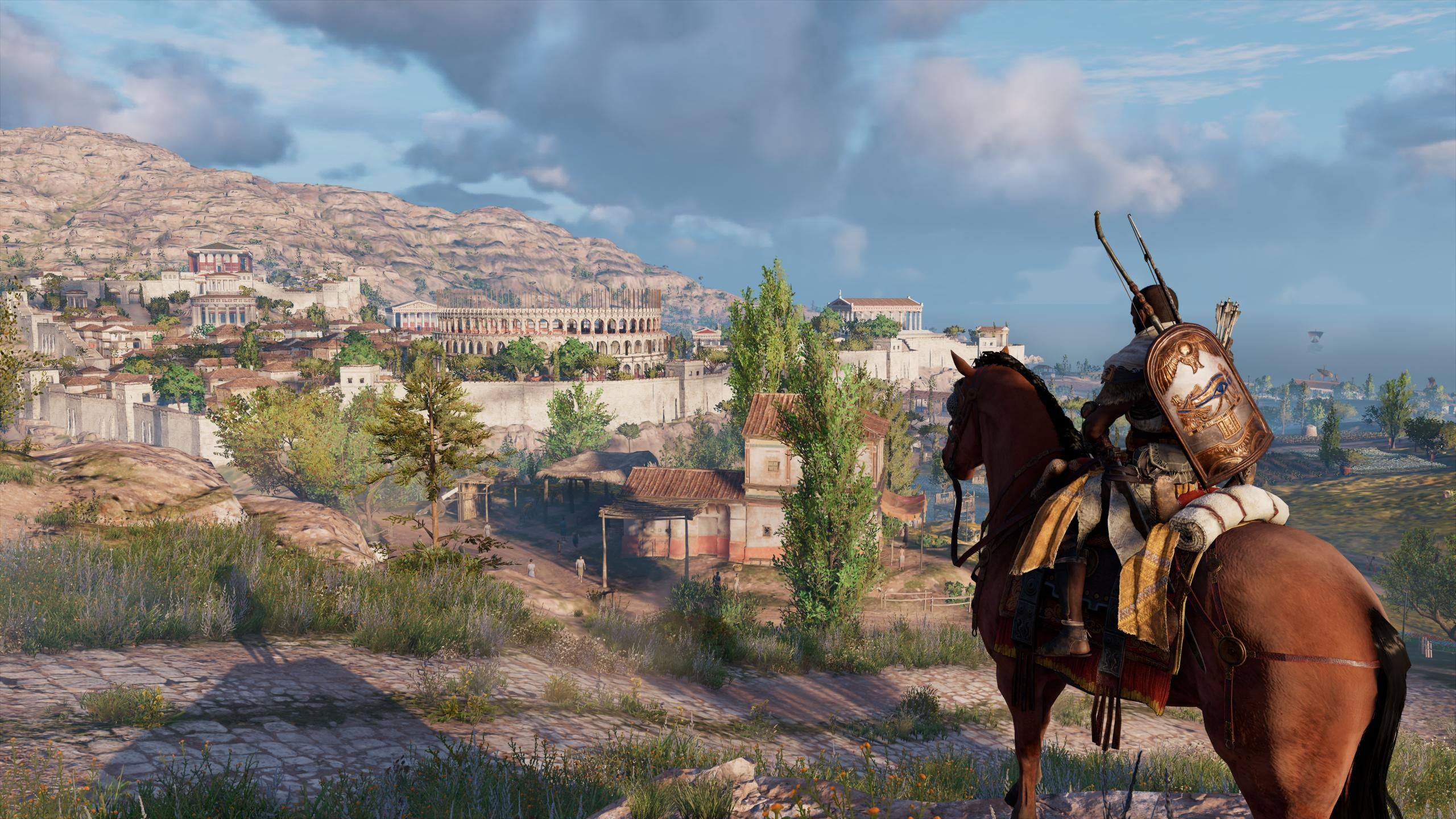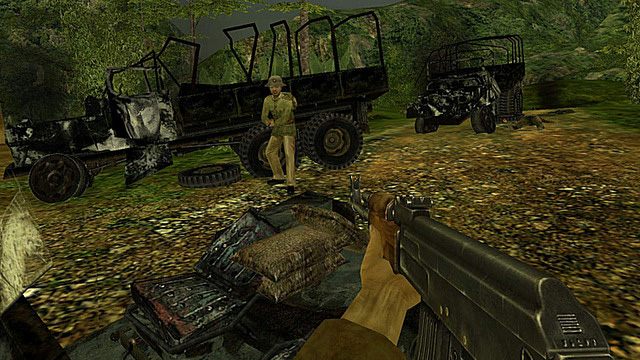
If video games had graphics that were indistinguishable from real life, would you play them differently? We’re more than happy to plough through a group of virtual pedestrians in any of the Grand Theft Auto games, but what if those people looked and acted exactly like those in real-life footage of, say, a grisly traffic accident?
We’re still a little while away from that point, but there’s no denying how far computer generated graphics have come over the last 10 or even 5 years. Every year a handful of titles manage to make my jaw hit the floor with their realism, but looking back on them after 3 or 4 years is like looking back to the stone ages.
What I’m getting at here is – like most of the tech world – the advances in video game technology are happening exponentially, and eventually, we’ll hit a point where we won’t be able to tell a game from real video footage, only you’re in control of what’s happening.
And that’s a big deal for players and developers alike, particularly when it comes to the topic of virtual violence. Right now, the difference between pixels on a screen and reality is stark – we can easily and obviously differentiate between performing a dicey action digitally, and what the consequences of performing that same action in the real world would be.
I’m an avid gamer and most of the games I play involve violence in one way or another. I love the idea of ultra-realistic graphics, but I’m fascinated by how this technology might be processed by our brains as it moves beyond The Uncanny Valley. Will it reach a point where seeing a head blown apart by a shotgun becomes too real? I find real-life violence in gory videos pretty uncomfortable, so will I even want to play something that looks and sounds the same?

I have my own thoughts on the topic, but I wanted to speak to some professionals to get their thoughts, both from the perspective of the human brain, as well as the gaming industry.
First up, I had a chat with Grant Brecht, a senior clinical psychologist at Insight Elite Performance Psychology. In terms of the current research into violent video games, he mostly agrees with the findings – playing violent games doesn’t necessarily translate to violent behaviour.
“I think for a hell of a lot of people that’s probably right,” he told PEDESTRIAN.TV. “Where it gets a bit dicey is for people who are on the edge a bit. Sometimes those folk can be tipped over the edge by watching something, playing something, or doing something, and then they’ll mimic what’s actually happened.”
In other words, those with pre-existing mental conditions may process what they’re doing virtually different to others, while mentally healthy individuals “can see that there’s quite a distinct difference between what you’re doing [in a video game] and what people are really all about in real life.”
What does worry Brecht, however, is desensitisation to violence – something ultra-realistic graphics could make easier. “I think it’s a very dangerous situation because with exposure to things you can get desensitised,” he said.

While he does tend to agree that using a controller or keyboard and mouse helps to ground players in the real world, the rise of virtual reality raises more concerns about hyperrealism, as the actions carried out often mimic their real-life counterparts, like raising and firing a gun or throwing a punch.
“If you’re actually whipping your arms around, smashing people or stabbing people, even if you’re not really doing it, but you’re doing it in terms of a virtual reality scenario, and they’re real [representations of] people, then your senses are picking up that this is pretty damn real,” he explains.
“That’s a real worry for learnt behaviour and desensitising people to violence.”
Mental Health Recovery Institute CEO, Pedro Diaz has a more staunch outlook on the subject, pointing to the idea that games can sometimes tip those with mental health issues over the edge.
“We know that 50 percent of the population, at some point during their lifetime, will not be balanced,” he told me during a phone interview. “So who is balanced, and which 50 percent of the population can claim to be balanced – that they’re impervious to being impacted by these violent video games?”
“This is something designed to hook you. I believe that they have an impact and that we need to be aware.”

On the gaming industry front, I put the question of ultra-realistic graphics to Shannon Loftis, the general manager of Xbox, during an interview at PAX Melbourne. She agrees that care must be taken, particularly in the VR space, but that doesn’t mean we should avoid tough subject matter.
“It’s encumbered upon us as creators to be responsible and be mindful,” she said. “Not to shy away from those kinds of challenges, but to be really mindful about when and how we build those and what impact we want to have on the gaming community.”
It’s comforting to know someone as influential as Loftis actually considers the gaming community when posed with these kinds of queries. It’s imperative to her that the conversation includes all sides of the party, not just the creatives.
“This is more important than ever to make it, not a monologue, but a conversation between designers, developers, and gamers,” she said. “What do you want to try? What do you want to experience?”
She also argues that realism has a very important role in storytelling, something historical researcher for the Assassin’s Creed franchise, Maxime Durand, agrees with. Having put the question of ultra-realism to him, he told me that their latest game, Assassin’s Creed: Origins, could never have delivered the same level of immersion without the pursuit of real-life accuracy, not only from a graphical standpoint.
“It really feels to me that the level [of realism] we have at this moment gives us a lot of good feelings of immersion, and it’s not just visual, it’s the sound, it’s the ensemble of details,” he said.
Maxime also explained how they used NASA data to ensure the colours and lighting used in the game’s ancient Egyptian setting was as close to what it would have been like at the time as possible.

We could be closer to insane levels of realism than you think. Jens Matthies, creative director for Wolfenstein II: The New Colossus, says the technology already exists today, but it comes with some limitations. “I’m sure you could today do a 100 per cent indistinguishable photo-real face, if you just did one face that had limited expressions,” he told me in an interview.
“But if you populate a whole game that’s gonna run in real-time and other things to drive outside of that face, it’ll be a few more years.”
The question then, of course, is whether we should do it in the first place, and will the change be dramatic enough to notice? The kinds of enhancements we see in gaming now, while impressive when compared to older titles, aren’t as jarring as they seem because realistically, it’s only just ahead of the last title to come out.
“If, somehow, Wolfenstein: The New Colossus got transported in time and you saw that instead of Wolfenstein 3D, you wouldn’t even think that it was a game,” Matthies said. “It would be so, so different and such a leap from anything that was available then, that it would probably feel pretty real.”
In other words, we’re like the frog in boiling water – the intensity of realism will continue to increase gradually over time to the point where, while no doubt impressive, probably won’t come as a surprise. I tend to agree with Matthies here. We’ve been creating violent games for as long as games have been in existence and I can’t see that slowing down. We’re pretty comfortable with the concept of realism now and as things get realer over time, we’ll simply get more comfortable with the violence rather than change our approach.

After speaking with PlayerUnknown Battlegrounds creator, Brendan Greene, about the game’s raging success, I asked him whether he thinks ultra-realism will change the way we play and create video games.
“No, I don’t think so,” he said. “I played Vietcong ten years ago and I thought that was the closest a man could get to being in [The Vietnam War], it was super-realistic and nowadays I look and go ‘oh my god, what the fuck was I thinking?’”
“So I don’t think it’s going to change games that much, realistic games will still get made, they’ll just be more realistic. It’s not like I’m gonna go and try to do the same shit in real life, that’d be stupid, right? And I think most people get that.”

Of course, video games are one thing, but ultra-realism can have tremendous benefits for other application, says Quentin Staes-Polet, the South Asia Pacific regional director of Unity Technologies.
“Think of the applications that are possible for mixed reality and virtual reality,” he said via email. “Gamification of training is becoming an indispensable part of life for many industries –healthcare, mining, military – and the more realistic the images are, the closer to real life the experience is for those individuals.”
“A truly immersive experience will better equip a host of industries, professions and individuals to face their roles and lives, whether that is as a doctor, someone handling delicate machinery, or even trauma patients undergoing advanced roleplay therapy.”
You only need to look at the past to predict where gaming is going. Games are going to keep getting more realistic and probably stay just as violent as they’ve always been. They’ll continue to rustle up controversy and have concerned parents flailing their arms wildly, but like most things, change will only happen in line with community consensus, kinda like changing attitudes towards smoking.
Whether or not this will happen with gaming is probably dependent on the speed of change. As Matthies suggests, it’ll take a pretty stark contrast to stir up a powerful enough reaction.
So, to conclude: the evolution of graphics is probably too gradual to illicit any sort of change, and VR creators should be very mindful about the content they create. At the end of the day, violent games have an R18+ rating for a reason.



